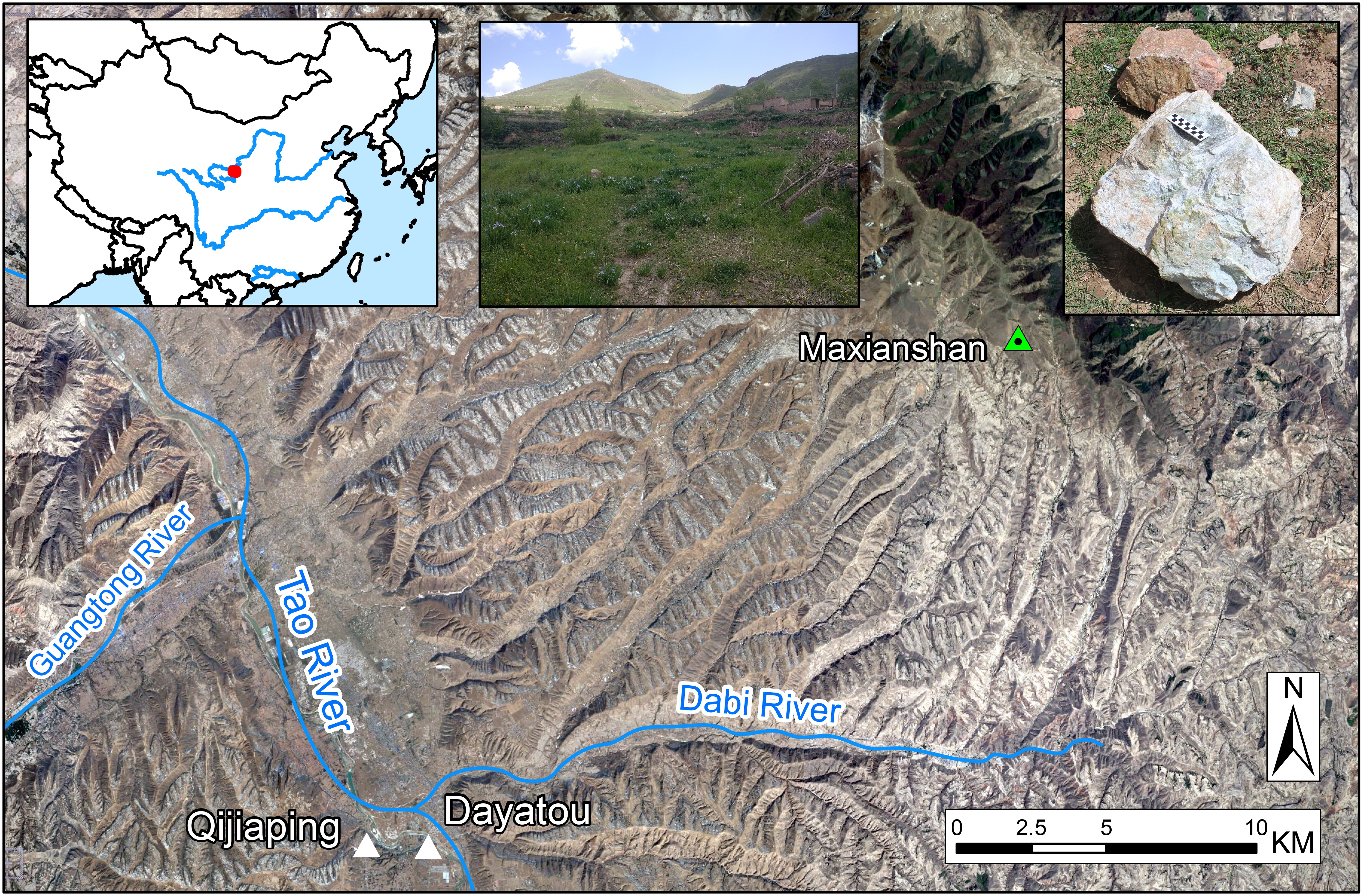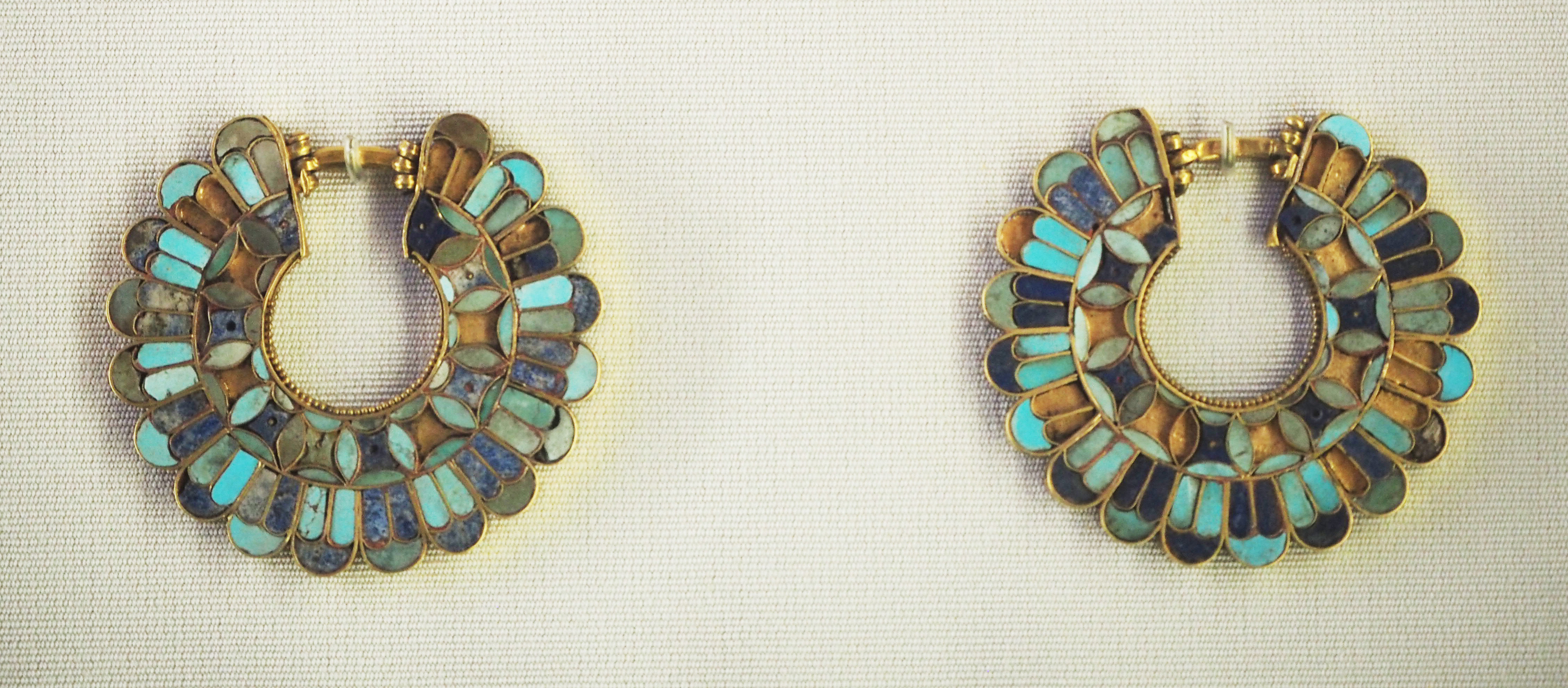Ritual and Economy in East Asia: Archaeological Perspectives

Series: Ideas, Debates, and Perspectives
ISBN: 978-1-950446-40-7 (print), 978-1-950446-41-4 (eBook)
Publication Date: Jul 2023
Price: Hb $100, eBook $80
Order this book here!
- Print: Order from our distributor
Return to catalog
Anke Hein, Rowan Flad, Bryan K. Miller
In commemoration of Lothar von Falkenhausen’s 60th birthday, this volume assembles eighteen scholarly essays that explore the intersection between art, economy, and ritual in ancient East Asia. The contributions are clustered into four themes: “Ritual Economy,” “Ritual and Sacrifice,” “Technology, Community, Interaction,” and “Objects and Meaning,” which collectively reflect the theoretical, methodological, and historical questions that Falkenhausen has been examining via his scholarship, research, and teaching throughout his career.
Most of the chapters work with archaeological and textual data from China, but there are also studies of materials from Mongolia, Korea, Southeast Asia and even Egypt, showing the global impact of Falkenhausen’s work. The chronological range of studies extends from the Neolithic through the Bronze Age in China, into the early imperial, medieval, and early modern periods. The authors discuss art, economy, ritual, interaction, and technology in the broad context of East Asian archaeology and its connection to the world beyond.




